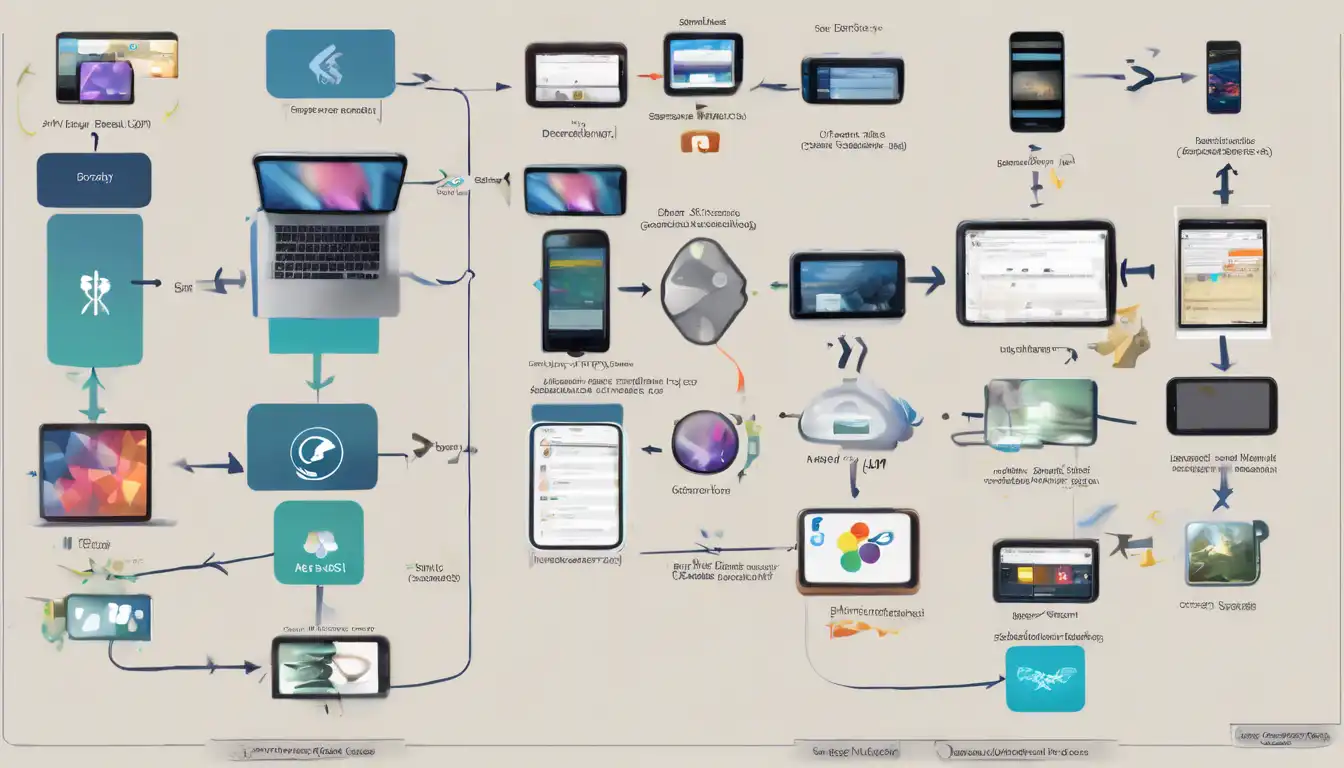Introduction to Cross-Platform Mobile Development
In today's fast-paced digital world, the demand for mobile applications is skyrocketing. Businesses and developers are constantly seeking efficient ways to build apps that run seamlessly across multiple platforms. Cross-platform mobile development tools have emerged as a game-changer, enabling developers to write code once and deploy it across iOS, Android, and other platforms. This article compares the top cross-platform mobile development tools, helping you make an informed decision for your next project.
Why Choose Cross-Platform Development?
Cross-platform development offers numerous benefits, including reduced development time, lower costs, and a unified codebase. It's an ideal choice for startups and enterprises aiming to reach a wider audience without investing in separate development teams for each platform.
Top Cross-Platform Mobile Development Tools
1. Flutter
Developed by Google, Flutter is a popular open-source framework for building natively compiled applications for mobile, web, and desktop from a single codebase. Its hot reload feature allows developers to see changes instantly, significantly speeding up the development process.
2. React Native
Created by Facebook, React Native enables developers to build mobile apps using JavaScript and React. It's known for its performance and the ability to use native components, offering a near-native user experience.
3. Xamarin
Xamarin, a Microsoft-owned framework, allows developers to build apps using C# and .NET. It provides access to native APIs and tools, ensuring high performance and a native look and feel.
4. Ionic
Ionic is a free and open-source framework for developing cross-platform mobile applications using web technologies like HTML, CSS, and JavaScript. It's ideal for building progressive web apps (PWAs) and hybrid mobile apps.
Comparing the Tools
When choosing a cross-platform development tool, consider factors such as performance, development speed, community support, and the learning curve. Flutter and React Native are leading in terms of performance and developer preference, while Xamarin is favored for enterprise applications. Ionic stands out for web developers looking to venture into mobile app development.
Performance
Flutter and React Native offer superior performance by compiling to native code, whereas Ionic apps may face performance issues due to their reliance on web views.
Development Speed
React Native's hot reloading and Flutter's hot restart feature significantly reduce development time, making them favorites among developers.
Community and Support
React Native boasts a large community and extensive library support, followed closely by Flutter. Xamarin benefits from Microsoft's backing, while Ionic has a strong presence among web developers.
Conclusion
Choosing the right cross-platform mobile development tool depends on your project requirements, team expertise, and performance needs. Flutter and React Native are excellent for high-performance apps, Xamarin is suited for enterprise solutions, and Ionic is perfect for web developers. By carefully evaluating each tool's strengths and weaknesses, you can select the best framework for your mobile app development needs.
For more insights on mobile development, check out our latest trends in mobile development.
